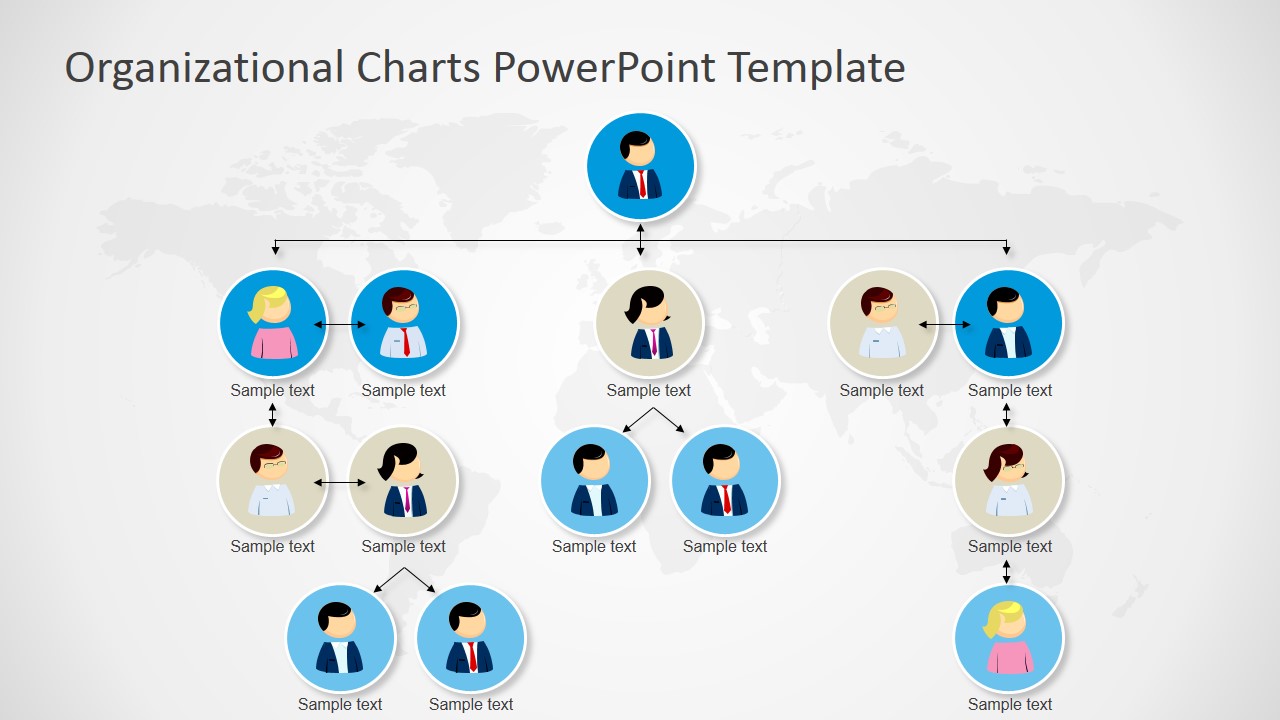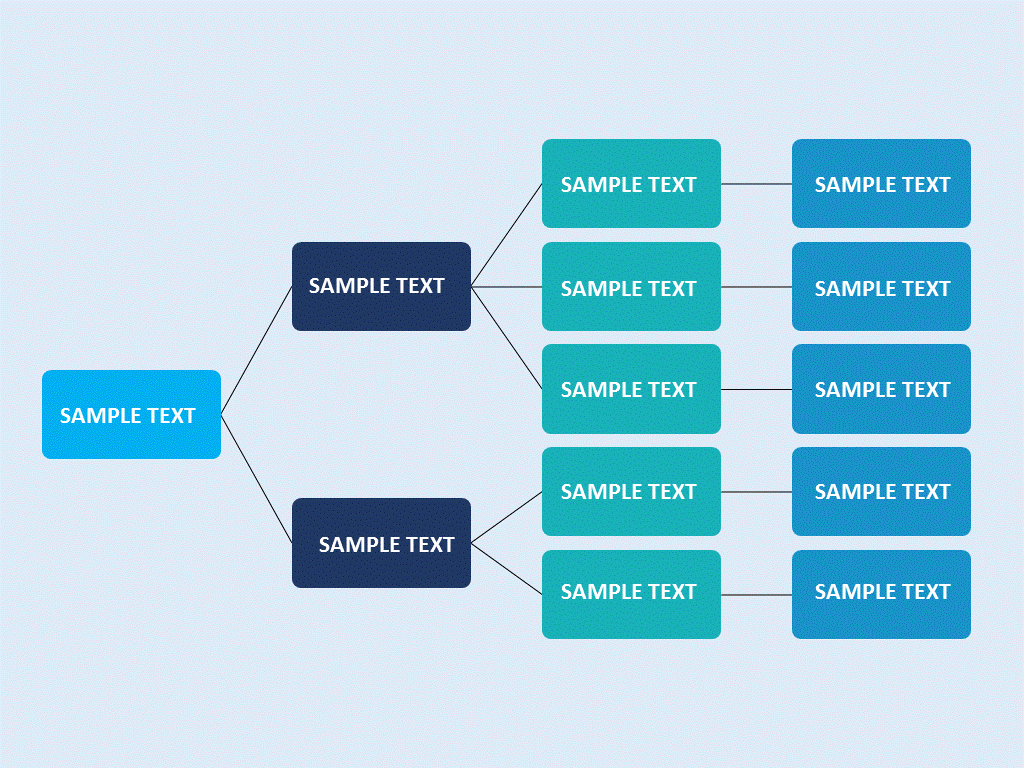

Be sure to capture the number of articles from your database searches before any duplicates are removed. NOTE:Some citation managers automatically remove duplicates with each file you import. If you search trial registers, such as, CENTRAL, ICTRP, or others, you should enter that number after the equal sign in Registers (n=). Many researchers also add notations in the box for the number of results from each database search, for example, Pubmed (n=335), Embase (n= 600), and so on. You should add the total number of combined results from all databases (including duplicates) after the equal sign where it says Databases (n=).

Enter this information in the top left box of the PRISMA flow chart. Once all search terms have been combined and you have applied all relevant limits, you should have a final number of records or articles for each database. Apply all your limits (such as years of search, English language only, and so on). Step 2: Doing the Database Search Run the search for each database individually, including ALL your search terms, any MeSH or other subject headings, truncation (like hemipleg *), and/or wildcards (like sul ?ur). It can be downloaded from the PRISMA website. Step 1: Preparation To complete the the PRISMA diagram, save a copy of the diagram to use alongside your searches. PRISMA is part of a broader effort, to improve the reporting of different types of health research, and in turn to improve the quality of research used in decision-making in healthcare."

It is strongly recommended that it be used in conjunction with the PRISMA Statement. "The PRISMA Explanation and Elaboration document explains and illustrates the principles underlying the PRISMA Statement. The PRISMA Statement consists of a 27-item checklist and a four-phase flow diagram." PRISMA may also be useful for critical appraisal of published systematic reviews, although it is not a quality assessment instrument to gauge the quality of a systematic review. We have focused on randomized trials, but PRISMA can also be used as a basis for reporting systematic reviews of other types of research, particularly evaluations of interventions. The aim of the PRISMA Statement is to help authors improve the reporting of systematic reviews and meta-analyses.

It is an evidence-based minimum set of items for reporting in systematic reviews and meta-analyses. "PRISMA stands for Preferred Reporting Items for Systematic Reviews and Meta-Analyses.


 0 kommentar(er)
0 kommentar(er)
